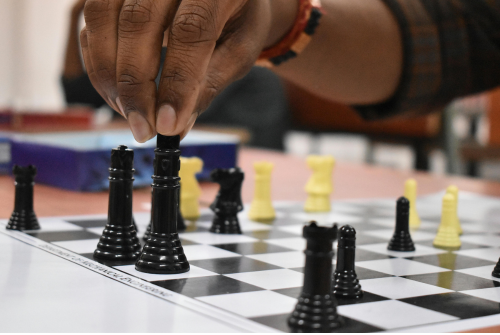Getting a Divorce
Getting a Divorce is stressful. Here are some articles to help.
Browse Articles on the topic of Getting a Divorce
Divorce Support Groups for Women: Your Must-Haves
For many of us, divorce is shattering. Even if we are the ones who initiated it, or are now trying to rebuild our lives after the explosion. We all experience it—varying degrees of loss and shock, living through a life that is coming undone. If you never wanted the divorce, you never saw it coming;…
Read MoreAre Divorce Records Public?
Are divorce records public? It boggles the imagination that something as private as a marriage, and then the personal decision to dissolve it, could be open (potentially) for public review or discourse. It’s only natural that we’d have privacy concerns. In our hyperconnected world, companies and platforms constantly monitor every website you visit, every purchase…
Read MoreDivorce Mediation v. Arbitration: What You Must Know
No two families are the same. Similarly, the best way to solve a dispute for one family may not be viable or realistic for another. If you are contemplating divorce or wondering what the best way is to resolve a post-divorce dispute involving a divorce or family law matter (child support, spousal maintenance, or equitable…
Read MoreHow Long Does a Divorce Take?
Divorce. It is most likely the single word that you never thought would become part of your world or reality. After all, when we decide to get married, most of us are making the commitment for the long haul. No matter what life has waiting for us, we say our vows and promise to stand…
Read MoreWhat is Parallel Parenting?
Coparenting can often feel like you’re walking in a maze, and not exactly sure where it will lead. You get up every day ready to conquer the world, but you also know you’re likely to run into some unforeseen obstacles along the way. This is where parallel parenting can be so valuable. If you’ve never…
Read MoreIs a Contested Divorce for You?
If you are dealing with divorce, you’ve probably heard the term “contested divorce” and how you should try to avoid one. A contested divorce occurs when spouses do not reach an agreement on the most important issues of a divorce. This may include a disagreement on the grounds for the divorce, custody, visitation, child support,…
Read MoreHow to Handle Divorce as a Woman
I know about hindsight – that feeling that if I’d known, I could have tackled a situation so much better. This guide on how to handle divorce as a woman will give you critical information upfront so that, after the fact, you don’t need to wonder what it could have been like if only you’d…
Read MoreWhat is Alimony and How Long Does it Last?
For many women facing divorce, their top fears revolve around their children (if they have them) and how the situation might affect them. And, of course, the money and finances. Drilling down more, women often ask us about the differences between alimony, spousal support, and spousal maintenance. These are interchangeable terms depending on the state…
Read MoreThe Best Books on Divorce for Women
I hadn’t read books on divorce when I divorced my Ex. I’m sorry I didn’t read any – books showing how to solve problems related to dissolving your marriage and looking after your kids’ best interests. Perhaps I’d have coped better if I had, or maybe I would have looked at my circumstances differently. I…
Read More








